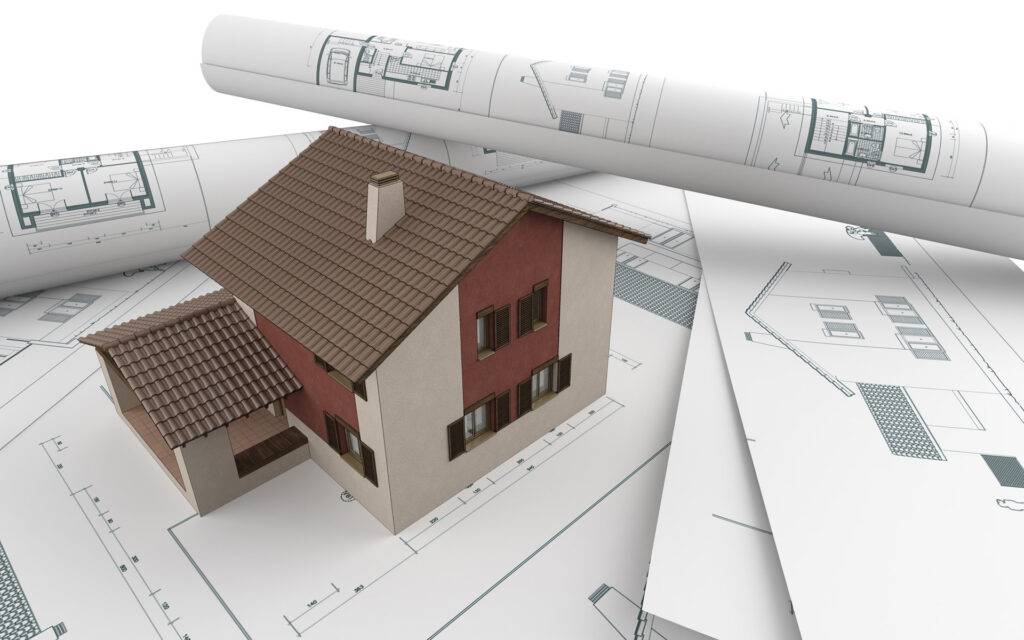Sangeet Sharma’s architectural work is widely recognized and covers extensive ground countering the ego driven monstrosities that litter the physical and cultural landscape as each of his structures rises above any predictable style inspired by a unique contextual awareness. A renowned name in the fraternity, he is recipient of nine awards in architecture including one on authorship of five books in the realm. He has been published in national and international journals for some of his renowned projects. In a tête-à-tête with Urvi Sharma, he reflects upon his style, multi-faceted demands of the clients, his contemporaries, effect of commercialization in the modern era and socially sustainable architecture.
Had Architecture always been you passion?
ALWAYS! I belong to the family of architects. It is there in my genes. My father, S.D. Sharma is a veteran in this field and a leading name in the fraternity. He worked with Le Corbusier in making of Chandigarh. So, I grew up looking at him and his enthralling work. It runs in my veins.
Is there any change you have witnessed in the world of architecture when you began until today?
The world of architecture was always the same. The creative principles remain similar to what were followed even hundred years back! What has changed is the approach towards it. The technology and the economy of the present world, where we are building, have transformed.
Any special experience you have faced while working to fulfil the multi-faceted demands of the clients in the market?
We face them every single day. Clients, today, are aware and travel a lot. They usually dominate one’s designs but we need to transform their mindsets by propagating the best ideas in the realm of design. That way, I think architects can end up being good psychologists and teachers to their clients. One of our clients wanted a gothic building with modern features. I made him understand about the disoriented look and the feel of the design which ultimately convinced him to understand the alienated complexity which engulfed it. Finally when the design was ready, he was happy and content!
Which are your most admired works so far?
Admiration does not come to architects easily. Building work is a long drawn process and gets noticed slowly. Unlike poetry and music that stirs one’s insides instantly, the art of architecture is slow and its effect is peculated day by day, sometimes taking, let us say hundred years.
Is there any starchitect who has inspired you in your journey?
Many in fact! My father, Satiago Calatrava, Charles Correa and Tadao Ando to name a few! All of them mean the world to me.
Visualizing a project and seeing it become concrete in ground reality can be different sometimes. What is your take upon that?
Visualising a project is the architect’s pejorative. It is his training, working and ability to picturize a project but in due course, many factors dilute the thought-processes. Agencies like contractors, consultants, builders and every remotely involved event may influence the conceptual image preconceived in an architect’s mind. Such is the nature of our profession. However, we build upon our vision steadfastly ensuring the minimal damage done to the aesthetic aspect of our design.
Do you keep yourself updated with design and architect magazines?
Yes, they are the prime providers of latest trends, products, technology being employed in the field of architecture around the globe. Besides the images, the content is sometimes very invigorating.
What are the concerns and challenges today in designing the environmental and socially sustainable architecture?
Passive architecture, use of low quality materials, the inferior use of mechanical technology and finally, the minds who think alike! Social sustainability means social acceptability. That which is largely acceptable is truly sustainable.
How has commercialization affected the realm of architecture?
Today’s world revolves around commercialization. The playing and buying capacity has increased, thereby, demanding a richer product from a tap to build itself. The need of the hour is not to subdue commercialization but to channelize it. Extreme commercialization will lead to doom and demise of good taste and human values.
What are your hobbies besides designing?
I build! Building transforms me. I write! Writing, in turn, completes me. I am a singer and play guitar as well. However, referring to them as hobbies will be like mocking them as insignificant when the truth is that they have become second nature to me.
What will you advice to the young creative people aspiring to become architect?
The synchronic structure of architecture revolves around the tripartite virtues of sensitivity, sensibility and sustainability.
Do you have certain signature style in creation of the meaningful architecture? How do you wish to be remembered as?
Yes, every architect over the years develops his signature style. Style is attributed to the realm where lines begin and end at the point he is confident about. I wish to be remembered as an architect who, like his eminent peers, helped to change the visual, aural and written word and through it, the whole world.

